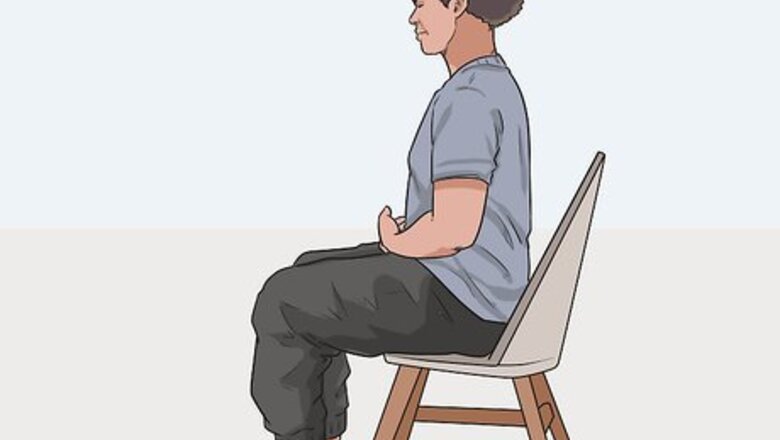
views
Sitting with Support
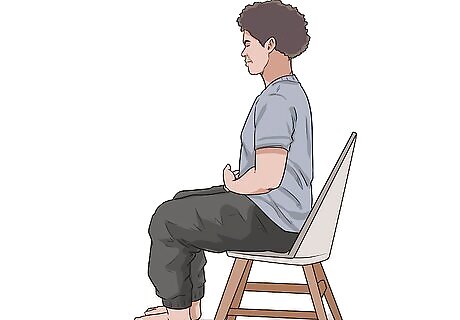
Meditate while sitting in a chair. This is perhaps the simplest meditation pose, as it doesn’t involve any bodily stretching or contortion. Find a chair with a straight back, and sit forward in the seat, with the balls of your feet resting firmly on the floor. Sitting in a chair is a good method to strengthen your back muscles, which will prepare you for more difficult unsupported positions. If you find that it’s strenuous on your back to sit up straight without assistance, place a few pillows between your back and the back of the chair.
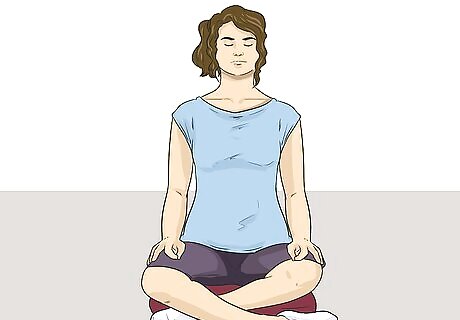
Sit with your back against a wall. The wall will support your back and help you maintain a steady posture. You can sit with your legs crossed beneath you or extended out in front of you. Use whichever pose is more comfortable. If you don’t have a conveniently located wall, try sitting with your back against a heavy piece of furniture, such as a large bookcase. If it’s uncomfortable to sit directly on the ground, use a pillow or folded blanket.
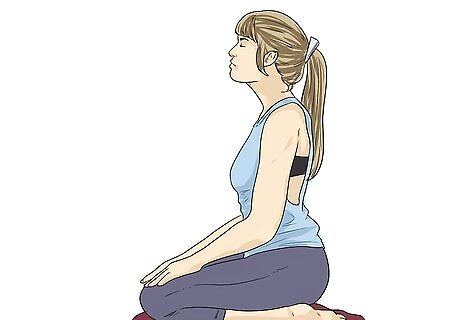
Sit with support under your knees. If sitting in a chair feels too stiff, try kneeling directly on the floor, but with support propped under your knees. In this position, you’re still technically sitting (weight on your buttocks), but the knee support will make the pose easier to hold. To achieve the position, kneel directly on the floor. Then tuck a folded blanket or pillow behind your knees, and then lower your body into a seated position on the folded support. Consider buying a meditation bench, This is a small wooden bench that allows you to kneel on the floor, then sit back and rest your buttocks on the padded seat of the bench.
Sitting without Support
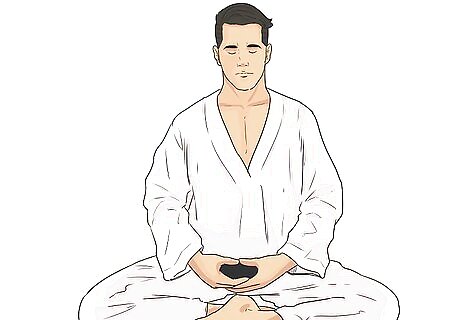
Begin with the Burmese position. The Burmese position is considered to be the easiest of all unsupported, seated positions, and is great for beginners. To achieve this position, sit flat on the floor, and bend your knees so that your feet are both in front of you. Sit so that the heel of your left foot is touching the top of your right foot (or ankle), but don’t actually cross your legs. The Burmese position places little strain on your legs, knees, and feet.
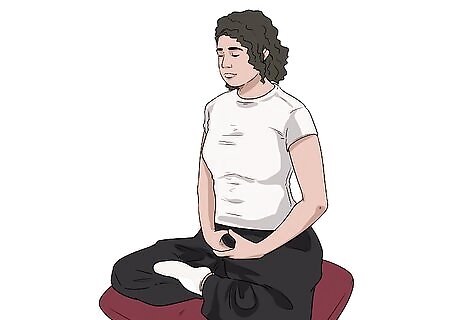
Try the Quarter Lotus position. This is a relatively simple cross-legged pose. To get into the Quarter Lotus, cross your legs in front of you, by keeping your left foot on the floor below your right thigh, and cross your right foot over to rest on your left calf. If you struggle to achieve this pose initially, try sitting on a small pillow. This will elevate your body and make it easier to fold your legs.
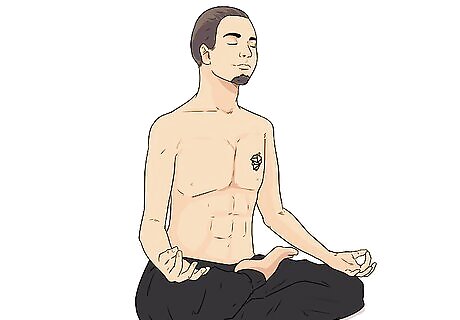
Move into the Half Lotus Position. As the name suggests, the Half Lotus is similar to the Quarter Lotus pose. Move your body into a Quarter Lotus pose, but cross your right foot so that it rests on top of your left thigh (instead of your left calf). If this pose becomes difficult to hold, move back into the Quarter Lotus.
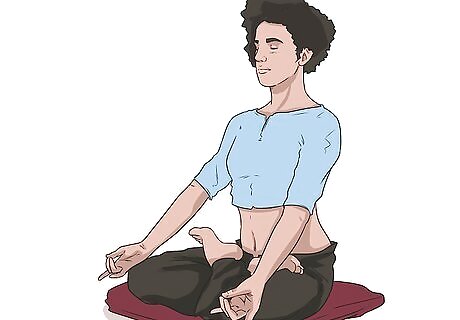
Meditate in the Full Lotus position once you’re comfortable. To achieve the Full Lotus, begin by sitting in the Half Lotus position so that your right foot is resting on top of your left thigh. Then bring your left foot up over your right leg, and rest your left foot on top of your right thigh. The Full Lotus is the most symmetrical and stable meditation pose. For beginners, this pose can be uncomfortable, as you have to put both feet on top of the other leg’s thigh. Never force your body into this pose, as you can hurt your knees.
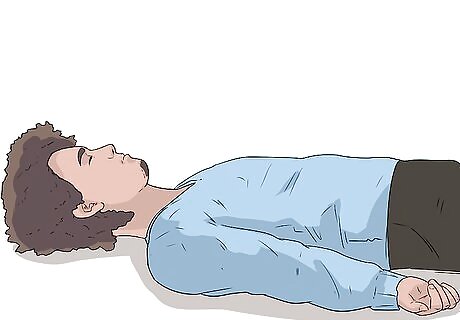
Lay down to meditate. Although this is an uncommon position, it’s fine to recline flat on your back in order to mediate. As long as you can breathe properly, you feel comfortable, and your spine is straight, feel free to practice meditation on your back. If you find it uncomfortable to lay directly on the floor, put down a blanket. Avoid becoming too comfortable while you’re meditating in a reclining pose. You don’t want to fall asleep.
Preparing to Meditate
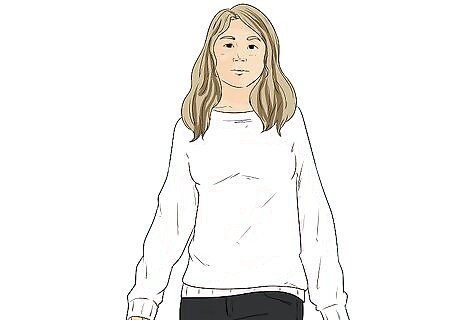
Wear comfortable clothing. When you’re meditating, you’ll want to wear something that lets you move and stretch. Comfortable clothing should be loose, made of a soft material, and allow you to move your body around freely without being restrained. Avoid wearing jeans. Yoga pants are a good option, especially when combined with a spandex or acrylic top. Gym shorts or athletic shorts and a cotton t-shirt are a fine option.
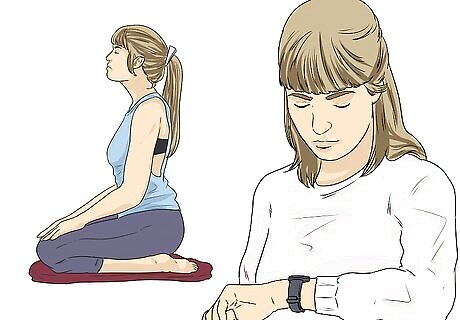
Find a time to meditate. Set a specific time aside for your meditation (at least 30 minutes), or take advantage of an opening during your schedule. This should be a time when you do not have any meetings or any work left. You may choose to meditate: During an early morning or late evening, when people around you are still asleep or going to bed. On a lunch break during your workday.
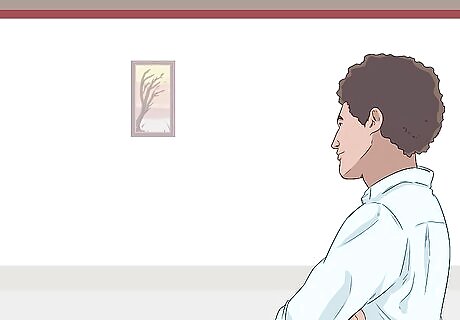
Meditate in a peaceful place. The space you meditate in should be well lit (preferably with natural light) and ventilated. Choose a place where you will not be distracted by things including: Children (yours or other people’s). Pets or other animals. Noises from traffic or machinery. Your cell phone or computer.


















Comments
0 comment